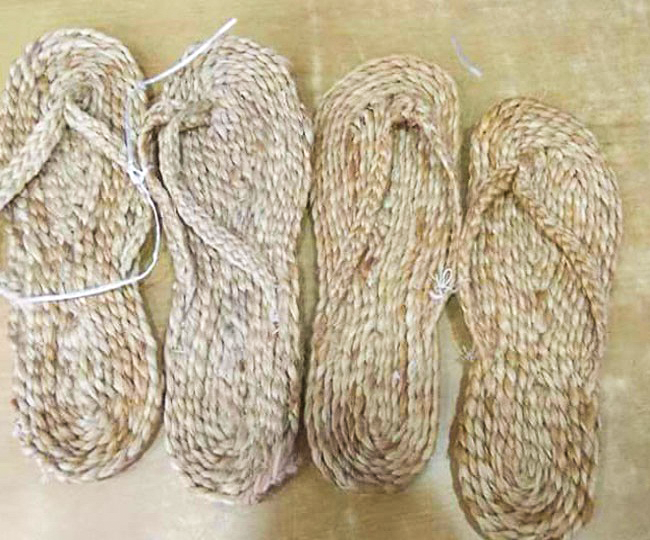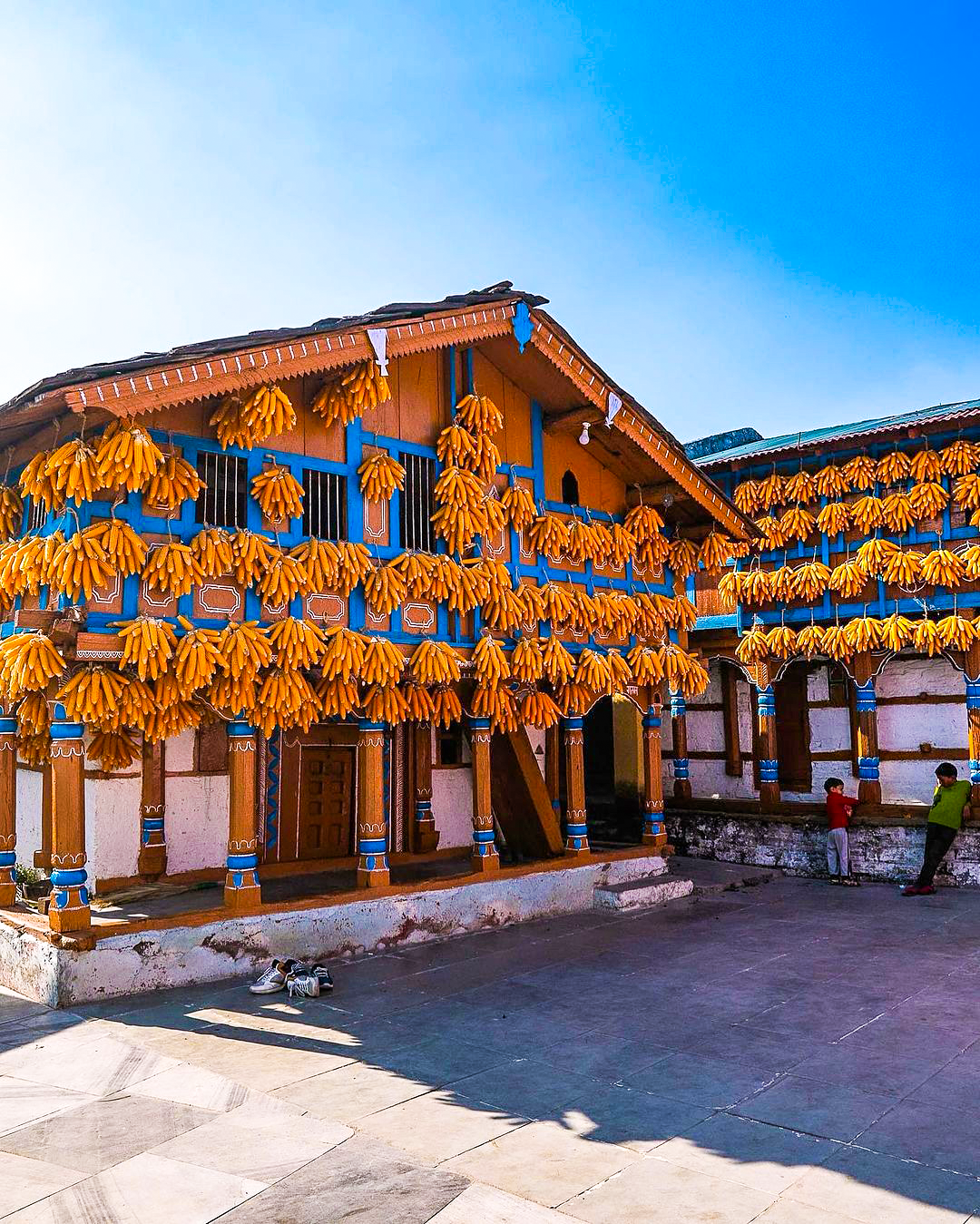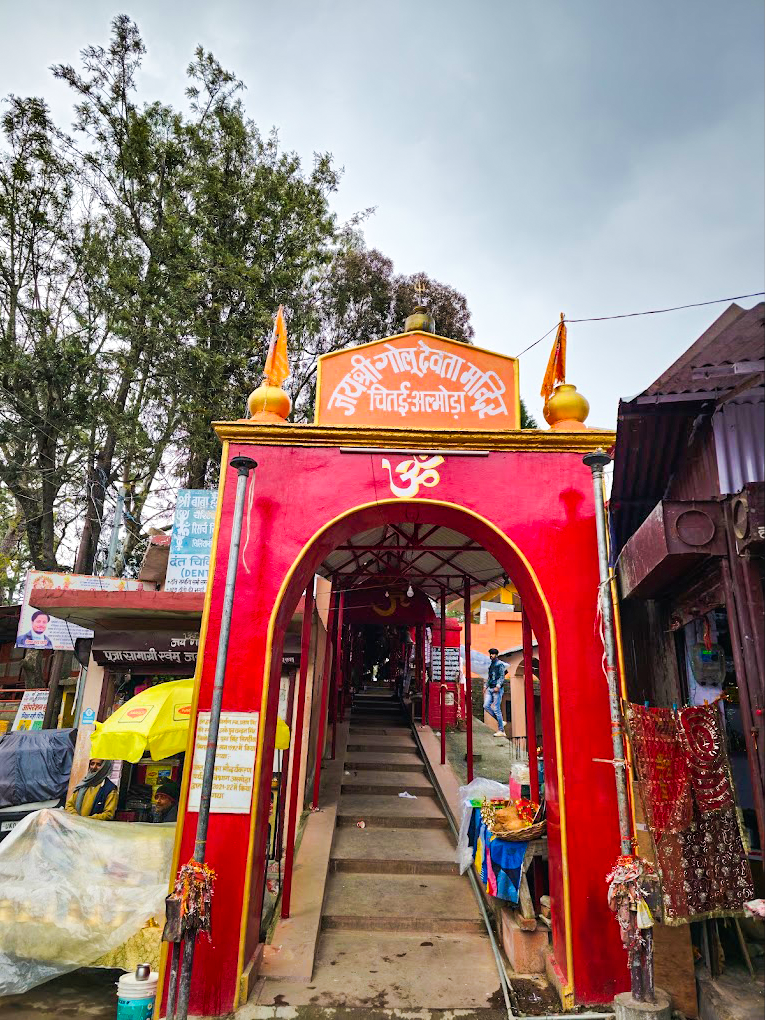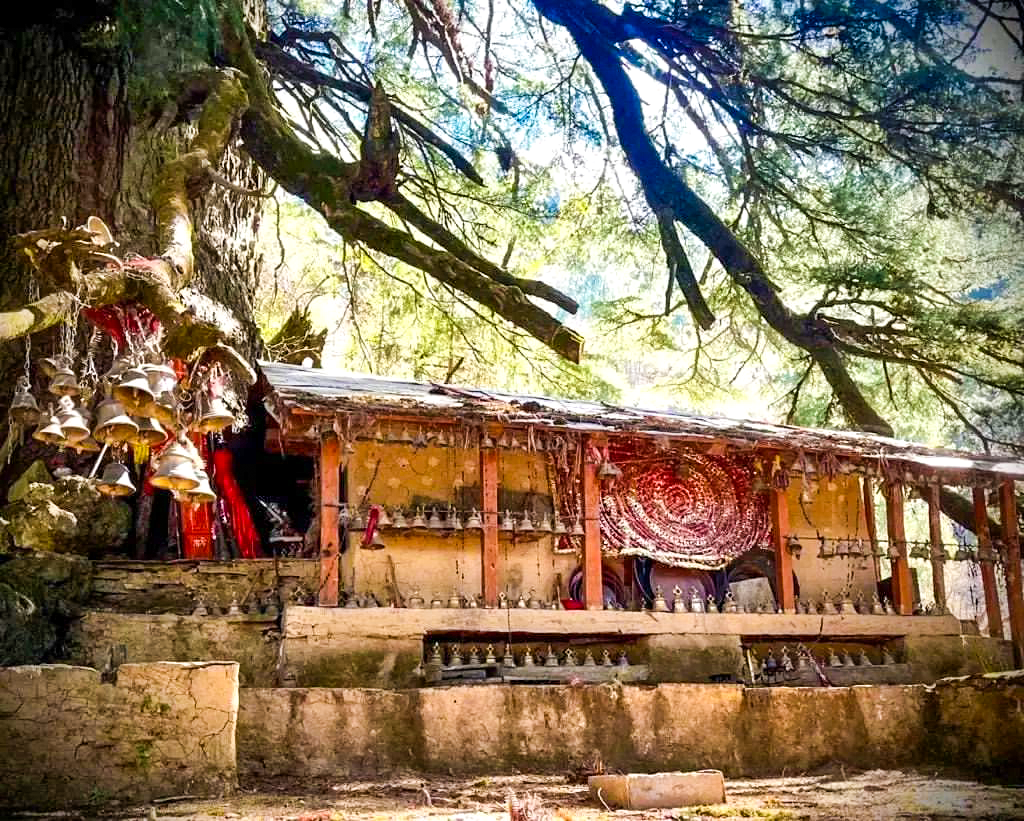The state of Uttarakhand is rich in biodiversity. Here, vegetation—which nature has abundantly provided—is still largely underutilized for the wellbeing of people and the advancement of the state. One of the fascinating trees that grow here is Bichhu Ghas. People are drawn to Bichhu grass, which grows in Uttarakhand’s hills, by its name and therapeutic qualities. Everything from slippers and coats to green tea is made with it. Nettle grass is known by its scientific name, Urtica dioica. Large amounts of this grass may be found in the Kumaon regions of Nainital, Bhimtal, Ranibagh, and Almora. Bichu Booti.
Its stems, nodes, and leaves are covered with thorns that resemble hair. For an individual lacking any formal education in botany, this plant may appear to be the malevolent counterpart of the innocuous, subtle-scented Ajwain. This grass has a stinging sensation due to its abundance of tiny thorns. Because of this, this grass was employed in the past to force kids to attend school and focus on their academics. During the winter, it also aids in keeping the body warm. This grass used to support a cucumber-like fruit that people used to consume with great enjoyment in the past.
It grows in large quantities in the wet, shaded areas of the mountains between 4000 and 9000 feet. Plants grow to a height of four to six feet. It blooms from July to August. It’s heated by nature. It is utilized in food and other food products as a result.
USES OF BICHHU GRASS
Benefits for Nutrition: Stinging nettle is high in antioxidants, iron, magnesium, and calcium, as well as vitamins A, C, and K. It is a nutrient-dense addition to teas, stews, and soups. Blood Sugar Control: Based on preliminary study, stinging nettle may be helpful for those with diabetes in controlling their blood sugar levels.
Digestive Health: Indigestion and irritable bowel syndrome (IBS) can occasionally be relieved by ingesting stinging nettle tea or supplements.
Anti-Inflammatory Properties: Stinging nettle has been used for centuries to treat allergies, gout, and arthritis by reducing inflammation. Its constituents could aid in lowering pain and inflammation.
Although stinging nettle rashes can be excruciating and painful, they normally go away in a few days. Home remedies include using OTC painkillers and soapy water to cleanse the affected region may help reduce the sensations. People should consult their doctor if their symptoms are severe, persistent, or getting worse.






